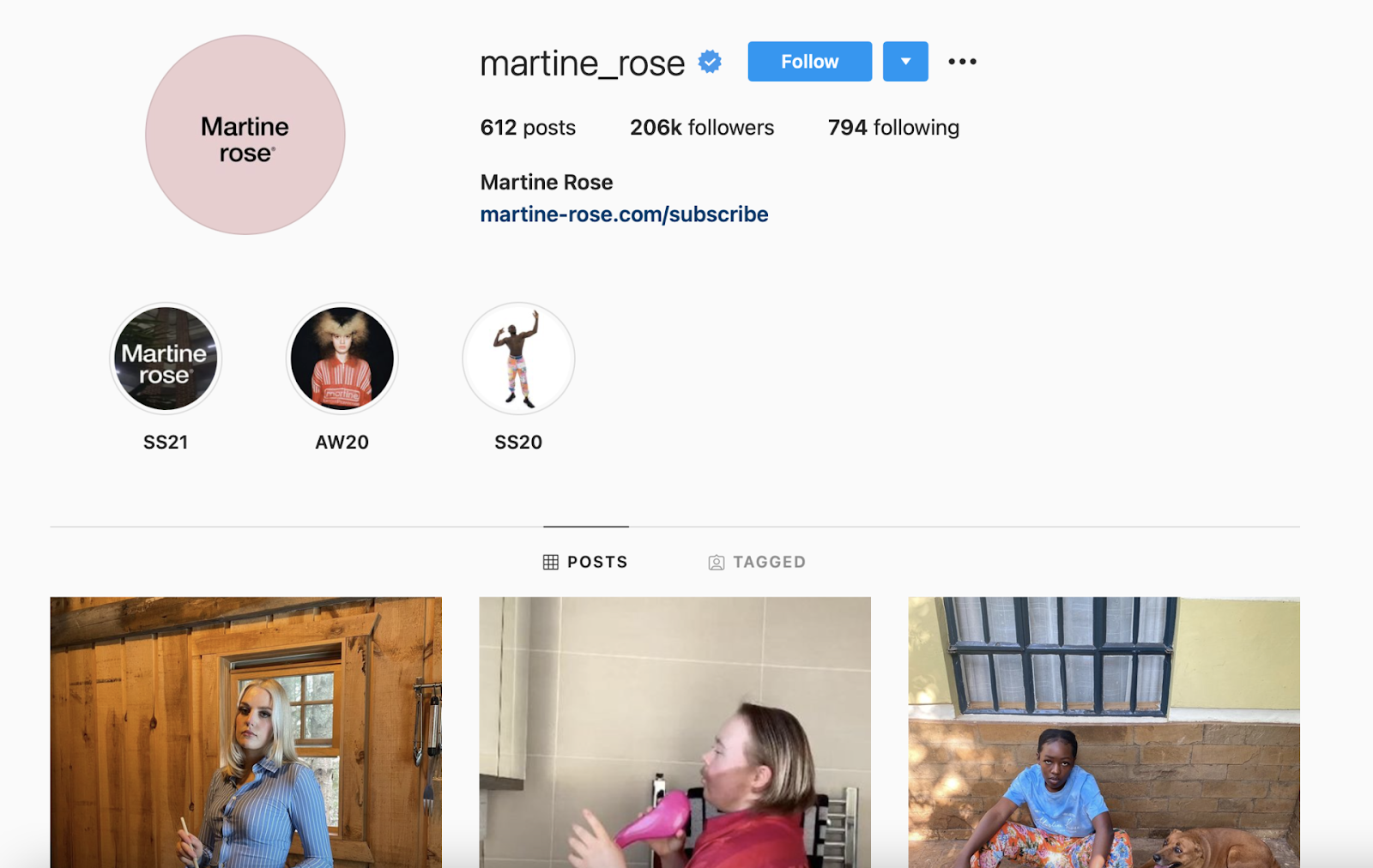Years ago, my friend Alejandro and his sister started a website selling chic sunglasses that they purchased in Southeast Asia and then distributed to buyers throughout Europe and the United States.
I’m not exactly one for rocking out in star-shaped frames and rhinestone sparkles, but there’s always an audience searching for the hottest trends in eyewear. How could Alejandro find these buyers without spending thousands on paid advertisements?
The answer is ecommerce content marketing.
Content marketing is a buzzword that describes the strategy of creating materials online that promote your brand, whether directly or indirectly. The goal is to use blog posts, social media updates, infographics, podcasts, videos, and other materials to create online awareness, which you can then funnel into a sales conversion.
This is an effective method, but only if you create a content strategy specifically targeted at ecommerce. Here’s what you need to know to reach the buyers that will be most interested in your products.
How to get started in ecommerce content marketing
As with all forms of marketing, ecommerce content marketing only works when you have a clear understanding of your target audience. To get started, first refine your concept of your brand persona. This means defining your ideal customer in terms of:
- Age
- Location
- Gender
- Hobbies and interests
- Values
Resist the urge to think that “everyone” is your potential buyer, because that’s simply not true.
Consider Alejandro and his trendy sunglasses. I may be in the right demographic, but fashion isn’t one of my hobbies. That means his ecommerce content marketing shouldn’t be geared toward me.
A clear understanding of your brand persona can help you better personalize your marketing. This means that you’ll know where your audience can be found and what they’re looking for. It’s the trick to strengthening relationships.
If this relationship is strong enough, then Alejandro’s site will be the first place customers think of when they want to buy the latest trends in eyewear.
Tips to brainstorm ideas
The good news about the coronavirus pandemic is that more people than ever are comfortable purchasing items online. In the second quarter of 2020, ecommerce sales equaled 16% of total retail sales. You’re already ahead of the game with a website, but you need ecommerce content.
To create content, always begin with your audience in mind.
What would they want to know about? Identify the things that the people you want to reach value, rather than thinking of your ecommerce content marketing as advertisements.
Other tips for brainstorming content ideas include:
Set time aside to think
Get a group together for a dedicated hour or two of brainstorming. If you don’t, you’ll find yourself stressing out each month when it’s time to create something. I prefer to produce a number of articles at once so that my content is ready to publish on schedule.
Aplós, a hemp-infused, non-alcoholic liquor, uses recipes as its content marketing strategy.
When you’re creating a list of ideas to blog about, keep the bar low. You’ll want to produce plenty of articles, but none of them have to win a Pulitzer. Identify something simple that your potential customers would appreciate, and then add it to your list.
Plan out at least six months
Consider upcoming holidays, seasons, trends, industry events, and any other timely situation that you can incorporate into your content. If you can develop your editorial calendar up to a year in advance, you’ll be even more effective.
Ask your customers
A sure-fire way to provide the information your customers want is simply to ask them.
A quick survey of your email list may provide you with numerous content ideas that people are begging to consume.
Japanese audio specialists EarCouture has an entire journal on its ecommerce site dedicated to audio trends.
Work with a professional
If creating content — such as writing blogs or producing videos — stresses you out, consider hiring a freelancer to do the work for you. I’ve worked with hundreds of small businesses who are experts in their industry, and selling online, that hesitate and often fail in their efforts at ecommerce content marketing.
If subcontracting saves you time and energy, it will be worth the money.
Make consistency a goal
A blog here, a blog there, won’t help you expand your ecommerce business. Plan to publish your content on a regular basis. Aim for releasing content at least once a month, or as much as a few times per week. Establish a schedule and commit to it.
Ways to promote content
Regardless of how you’re creating it, the first place to publish your content is on your website.
Dedicate a page solely to your ecommerce content in order that your prospective customers will find your site when they search for information found in your content.
Other places to promote your content include:
- Social media pages
- Paid advertisements on Facebook and Instagram
- Direct emails to current customers
Content marketing can be a long-term strategy to organically grow your customer base, but growth will happen a lot faster if you also allow for a budget for paid advertisements.
When it comes to social media outreach, don’t get overwhelmed. Choose one or two platforms that your target audience uses and focus on growing your following there.
Don’t feel obliged to have a presence on every platform unless you have a team large enough to devote energy to regular posting.
Alejandro and his sister certainly didn’t have that kind of team. Instead, using popular hashtags on Instagram brought them new customers who otherwise wouldn’t have discovered their trendy options.
What to include in your content strategy
Your content should be engaging, entertaining, educational, and — most importantly — specific to your target audience.
For example, Alejandro should have blogs with plenty of pictures showing hot celebrities looking fresh in the sunglasses he sells. He might also interview designers to get a peek at future trends. This is the content his audience wants to see.
Menswear designer Martine Rose uses nontraditional photography as content for its unique looks.
Menswear designer Martine Rose uses nontraditional photography as content for its unique looks.
There are also other paths to successful ecommerce content marketing. By implementing SEO, or search engine optimization, you can improve your site’s placement within search results when Google and other search engines scan the web on behalf of your future customers.
This means you should include:
- Keywords, or the words customers use to search for your products
- Strategic product mentions, including links to your sales page
- Calls-to-action, also known as CTAs.
The CTAs are a psychological strategy. Believe it or not, readers or viewers of your content actually need to be told directly what you want them to do. Don’t presume they’ll click on the “buy now” link in your blog.
You must tell them, through a CTA, to click.
Keyword research, meanwhile, is some of the most important work you can do as you prepare to release your content. There are plenty of free online tools that you can use to create a list of specific phrases your customers may type into the search bar when ready to shop. If a search engine doesn’t see that keyword on your site, it may not show up at all.
Don’t forget to determine your top competitors to see where they rank, too.
Be patient with content marketing
Some entrepreneurs make the mistake of thinking content marketing will provide dramatic short-term results. This is simply not the case.
It takes time to build your content and refine your target audience before your sales grow. Track your website analytics to measure your success.
While you are implementing your content marketing strategy, consider other marketing efforts to help grow your ecommerce business. Get The Download, a free guide for retail marketing strategies.


